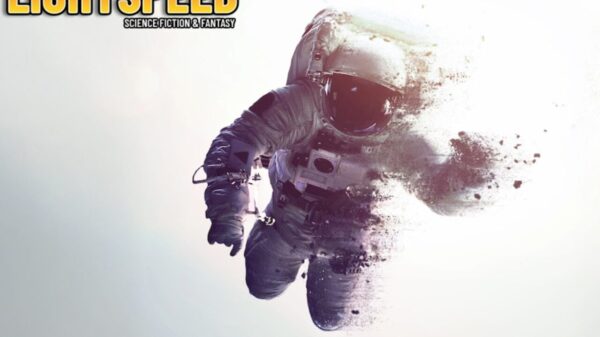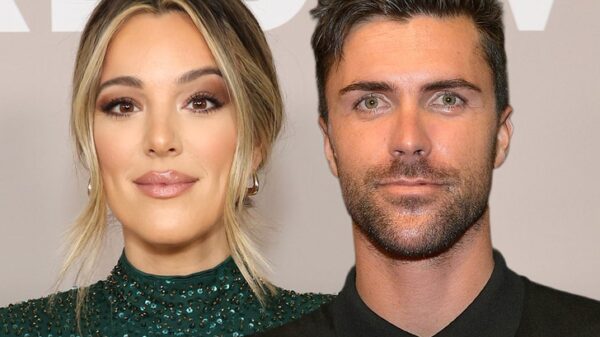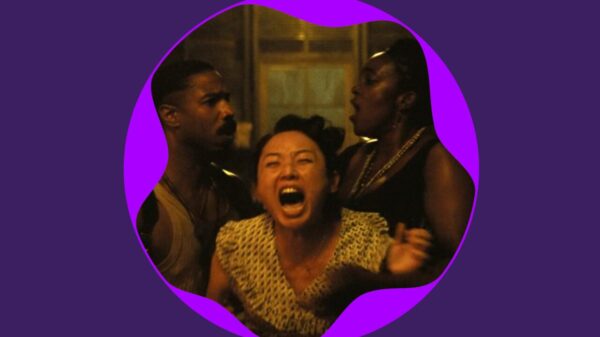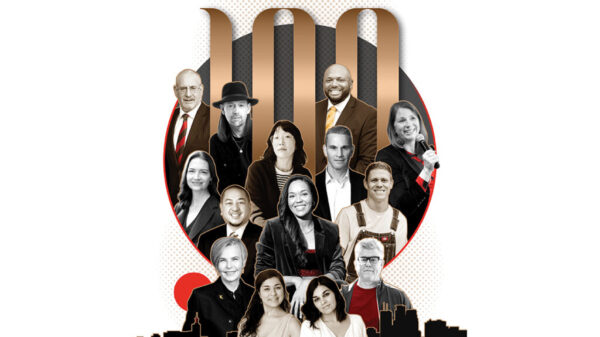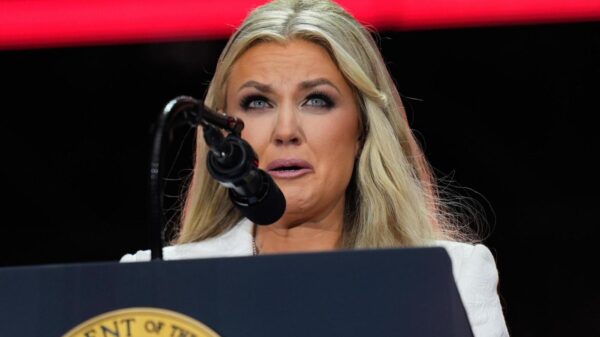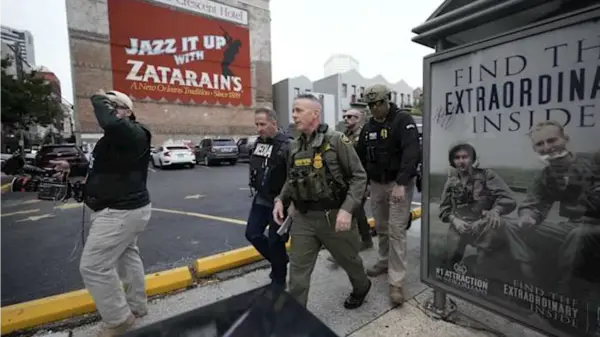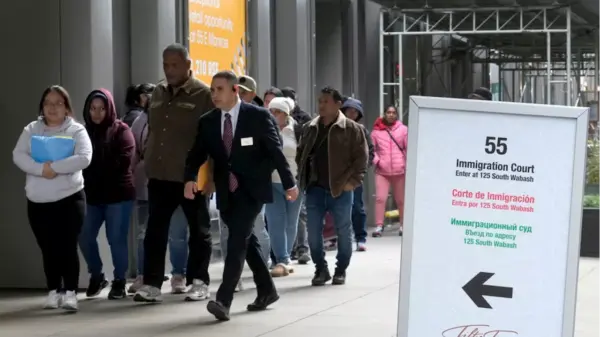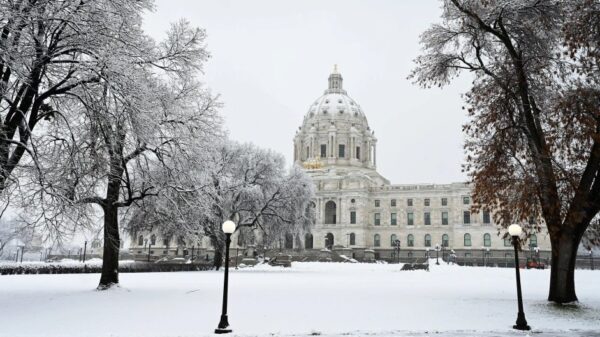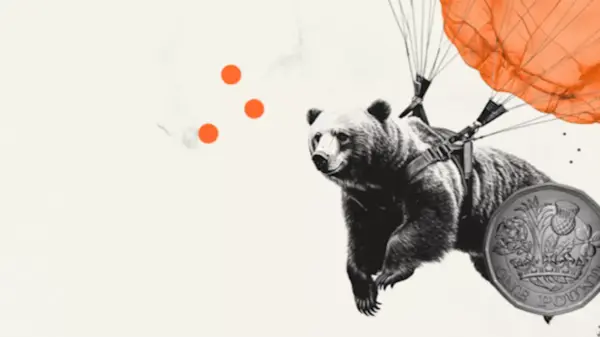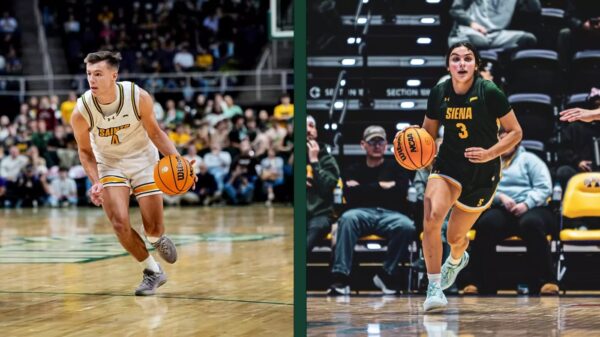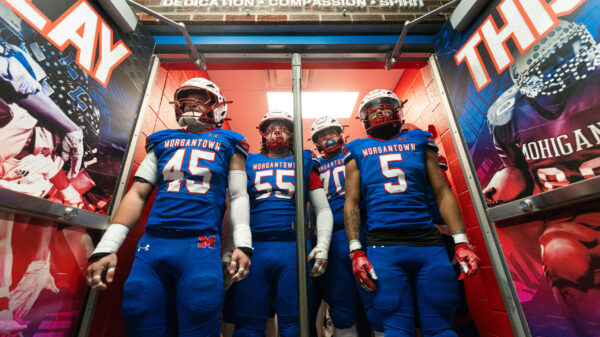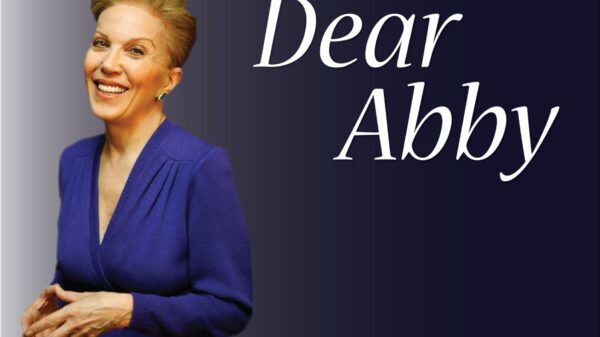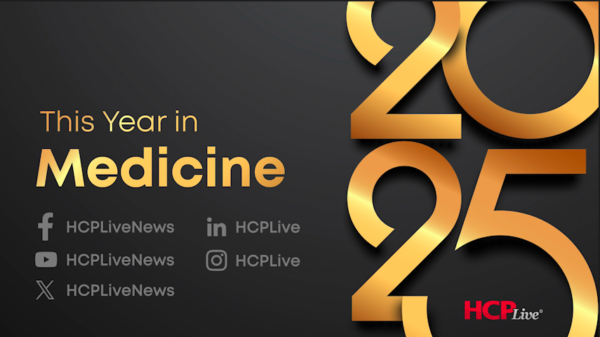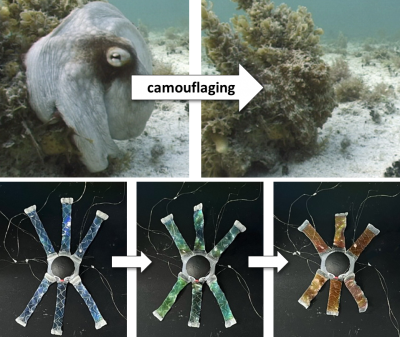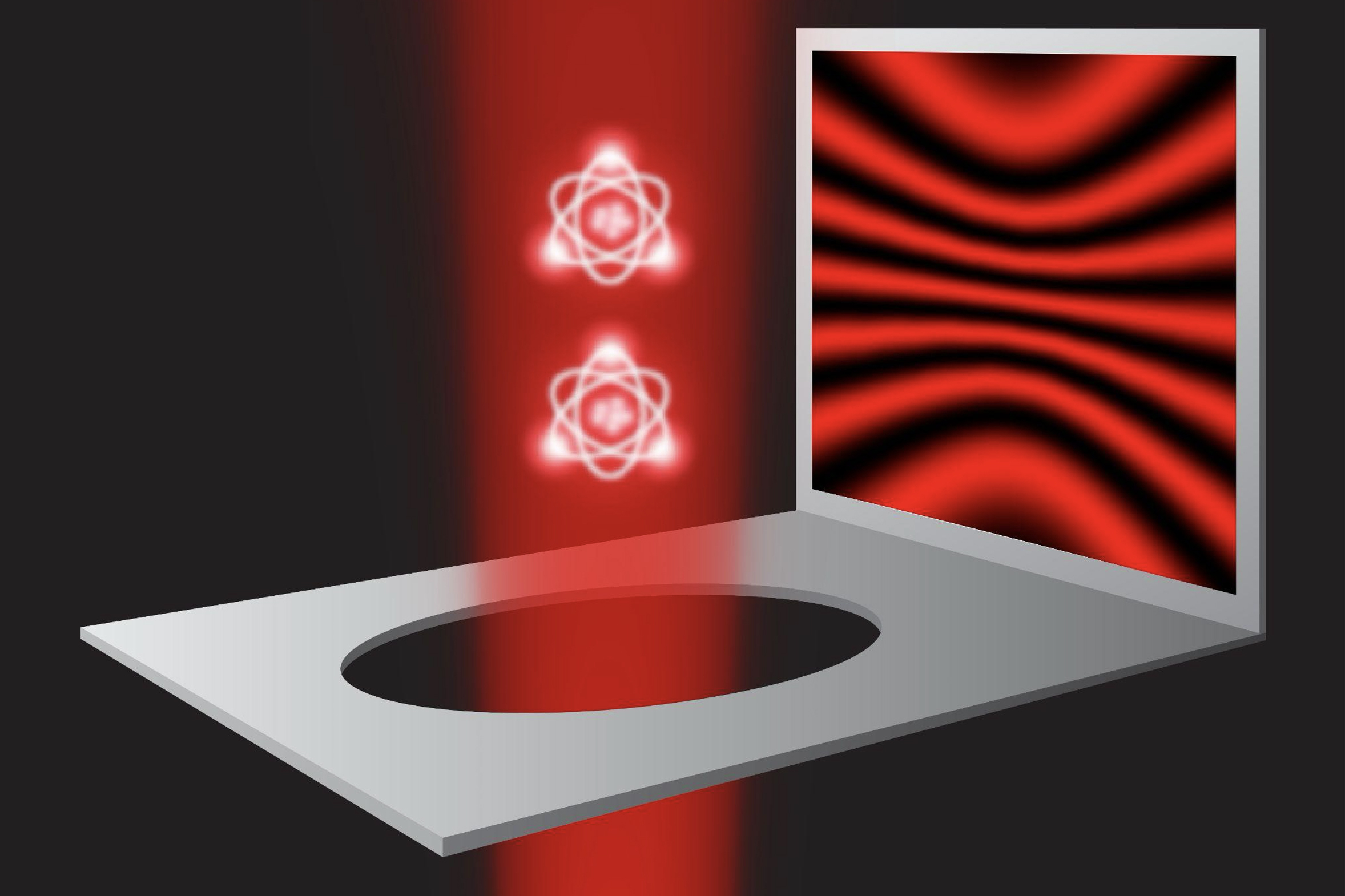Physicists at the Massachusetts Institute of Technology (MIT) have conducted an innovative version of the double-slit experiment, a cornerstone of quantum mechanics. Their findings, published in the journal Physical Review Letters, reveal the dual nature of light with unprecedented atomic precision and challenge a long-held view by Albert Einstein regarding light’s behavior.
The original double-slit experiment, first performed by British scientist Thomas Young in 1801, demonstrated that light behaves both as a wave and a particle. When light passes through two slits, it creates an interference pattern typical of waves. This phenomenon has baffled scientists for over two centuries, particularly the question of whether light can exhibit both characteristics simultaneously.
In their latest study, the MIT team, led by Professor Wolfgang Ketterle, utilized individual atoms as slits and carefully controlled the conditions under which light interacted with them. By using weak beams of light that scattered at most one photon, the researchers were able to observe how this scattering revealed the wave-particle duality of light.
The experiment confirmed predictions from quantum theory: the more information gathered about the path of the photons, the less visible the interference pattern became. This directly contradicts Einstein’s assertion that both the particle and wave nature of light could be observed simultaneously.
Vitaly Fedoseev, the first author of the study, noted the significance of their approach: “What we have done can be regarded as a new variant to the double-slit experiment. These single atoms are like the smallest slits you could possibly build.”
Revisiting Historical Debates in Quantum Physics
The double-slit experiment has historically been a focal point of the debate between Einstein and fellow physicist Niels Bohr. In 1927, Einstein argued that a photon should pass through just one slit, generating a detectable force, while Bohr countered with the uncertainty principle, showing that measuring a photon’s path would eliminate the interference pattern.
Ketterle’s team stripped the double-slit experiment to its quantum essentials by cooling over 10,000 atoms to microkelvin temperatures and arranging them in a lattice configuration. This setup allowed each atom to be treated as an isolated entity, providing a clearer observation of light’s behavior.
“We realized we can quantify the degree to which this scattering process is like a particle or a wave,” Fedoseev explained. The team found that adjusting the “fuzziness” of the atoms—how precisely their positions were defined—affected whether the photons acted as particles or waves.
Groundbreaking Findings and Future Implications
The researchers conducted their experiment without traditional methods that involved measuring the force exerted by photons, which had been a key aspect of Einstein’s argument. They demonstrated that the fundamental nature of light’s duality is not dependent on such interactions.
In a remarkable twist, Ketterle and his colleagues observed that even when the atoms were allowed a brief moment of free movement, the interference pattern remained consistent with quantum predictions. “What matters is only the fuzziness of the atoms,” Fedoseev stated.
The implications of this research extend beyond the laboratory. The year 2025 has been designated by the United Nations as the International Year of Quantum Science and Technology, coinciding with the centenary of quantum mechanics. The MIT team’s work contributes to this celebration by clarifying historical controversies in the field.
This groundbreaking experiment not only reinforces the principles of quantum mechanics but also emphasizes the ongoing relevance of foundational debates in physics. As researchers continue to explore the complexities of quantum behavior, the findings from MIT could pave the way for new technologies based on quantum principles, influencing fields from computing to telecommunications.
Support for this research was provided by the National Science Foundation, the U.S. Department of Defense, and the Gordon and Betty Moore Foundation.


